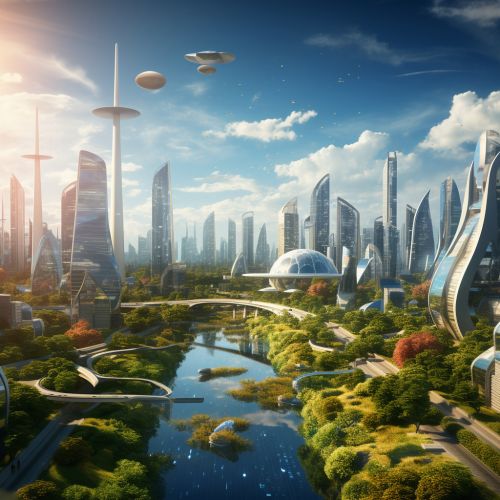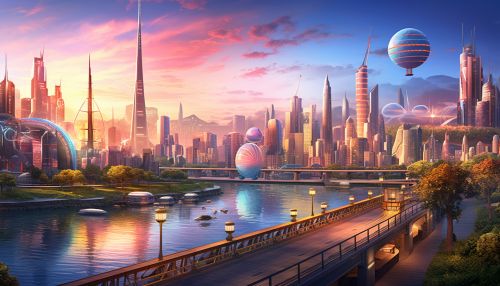Advancements in Artificial Photosynthesis Technology
Introduction
Artificial photosynthesis is a chemical process that replicates the natural process of photosynthesis, a process that converts sunlight, water, and carbon dioxide into carbohydrates and oxygen. The term "artificial photosynthesis" is commonly used to refer to any scheme for capturing and storing the energy from sunlight in the chemical bonds of a fuel (a process known as "solar fuel"). Photocatalytic water splitting converts water into hydrogen ions and oxygen, and is a major research topic in artificial photosynthesis. Light-driven carbon dioxide reduction is another process studied, which replicates natural carbon fixation.


History and Development
The concept of artificial photosynthesis is not new; it has been present in the scientific community for over a century. The first artificial photosynthesis system was developed by Italian chemist Giulio Natta in 1912. However, it was not until the late 20th century that significant advancements were made in this field.
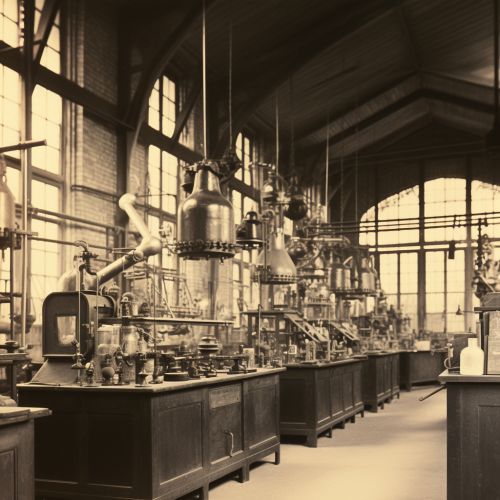
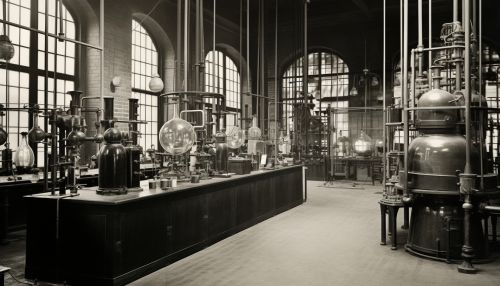
Current Technologies
There are several technologies currently being researched and developed in the field of artificial photosynthesis. These technologies aim to improve the efficiency and viability of artificial photosynthesis as a sustainable energy source.
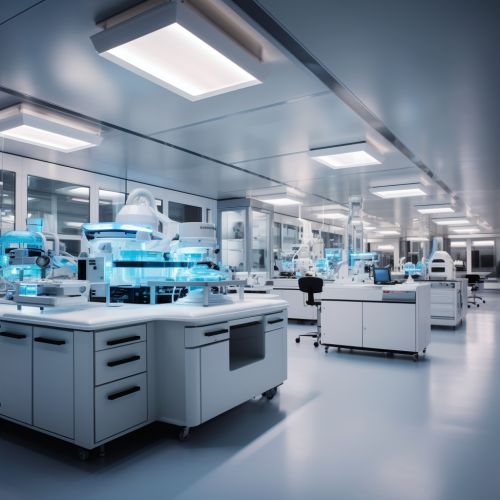

Photocatalytic Water Splitting
Photocatalytic water splitting is a process that uses light to accelerate a reaction that breaks down water into hydrogen and oxygen. This process is considered a key step in achieving artificial photosynthesis.
Carbon Dioxide Reduction
Carbon dioxide reduction is another important process in artificial photosynthesis. This process aims to reduce the amount of carbon dioxide in the atmosphere by converting it into useful products such as fuels and chemicals.

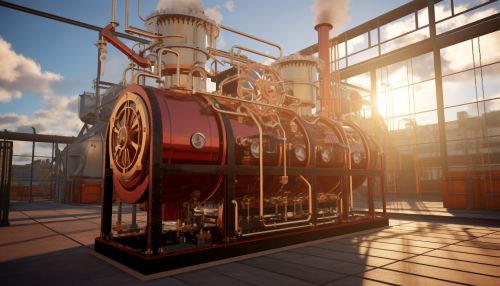
Future Prospects
The future of artificial photosynthesis looks promising, with many researchers and scientists optimistic about its potential to provide a sustainable and renewable source of energy. However, there are still many challenges to overcome before this technology can be widely implemented.
